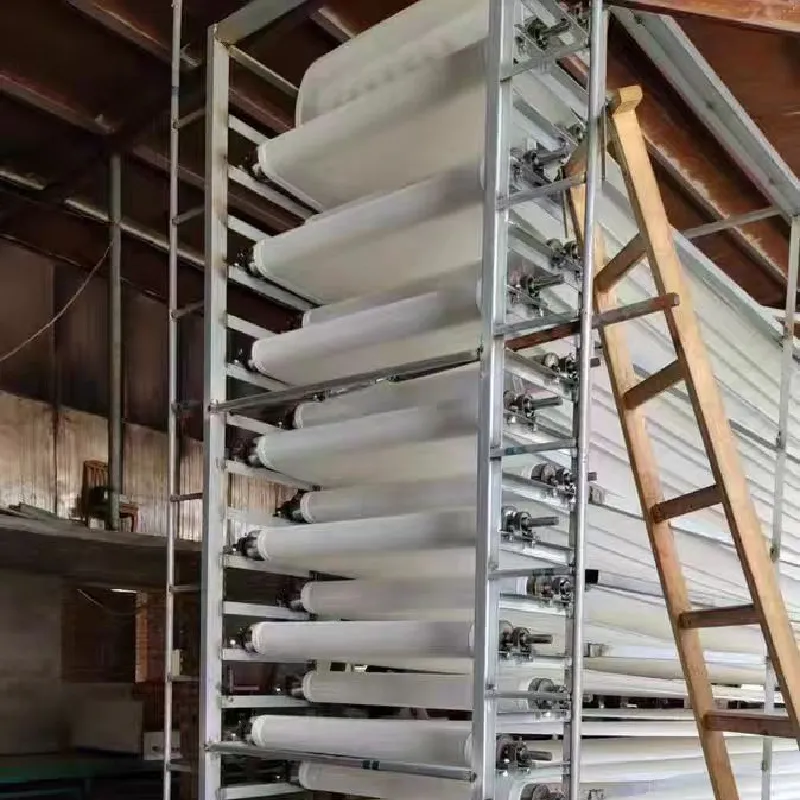-
 Afrikaans
Afrikaans -
 Albanian
Albanian -
 Amharic
Amharic -
 Arabic
Arabic -
 Armenian
Armenian -
 Azerbaijani
Azerbaijani -
 Basque
Basque -
 Belarusian
Belarusian -
 Bengali
Bengali -
 Bosnian
Bosnian -
 Bulgarian
Bulgarian -
 Catalan
Catalan -
 Cebuano
Cebuano -
 China
China -
 Corsican
Corsican -
 Croatian
Croatian -
 Czech
Czech -
 Danish
Danish -
 Dutch
Dutch -
 English
English -
 Esperanto
Esperanto -
 Estonian
Estonian -
 Finnish
Finnish -
 French
French -
 Frisian
Frisian -
 Galician
Galician -
 Georgian
Georgian -
 German
German -
 Greek
Greek -
 Gujarati
Gujarati -
 Haitian Creole
Haitian Creole -
 hausa
hausa -
 hawaiian
hawaiian -
 Hebrew
Hebrew -
 Hindi
Hindi -
 Miao
Miao -
 Hungarian
Hungarian -
 Icelandic
Icelandic -
 igbo
igbo -
 Indonesian
Indonesian -
 irish
irish -
 Italian
Italian -
 Japanese
Japanese -
 Javanese
Javanese -
 Kannada
Kannada -
 kazakh
kazakh -
 Khmer
Khmer -
 Rwandese
Rwandese -
 Korean
Korean -
 Kurdish
Kurdish -
 Kyrgyz
Kyrgyz -
 Lao
Lao -
 Latin
Latin -
 Latvian
Latvian -
 Lithuanian
Lithuanian -
 Luxembourgish
Luxembourgish -
 Macedonian
Macedonian -
 Malgashi
Malgashi -
 Malay
Malay -
 Malayalam
Malayalam -
 Maltese
Maltese -
 Maori
Maori -
 Marathi
Marathi -
 Mongolian
Mongolian -
 Myanmar
Myanmar -
 Nepali
Nepali -
 Norwegian
Norwegian -
 Norwegian
Norwegian -
 Occitan
Occitan -
 Pashto
Pashto -
 Persian
Persian -
 Polish
Polish -
 Portuguese
Portuguese -
 Punjabi
Punjabi -
 Romanian
Romanian -
 Russian
Russian -
 Samoan
Samoan -
 Scottish Gaelic
Scottish Gaelic -
 Serbian
Serbian -
 Sesotho
Sesotho -
 Shona
Shona -
 Sindhi
Sindhi -
 Sinhala
Sinhala -
 Slovak
Slovak -
 Slovenian
Slovenian -
 Somali
Somali -
 Spanish
Spanish -
 Sundanese
Sundanese -
 Swahili
Swahili -
 Swedish
Swedish -
 Tagalog
Tagalog -
 Tajik
Tajik -
 Tamil
Tamil -
 Tatar
Tatar -
 Telugu
Telugu -
 Thai
Thai -
 Turkish
Turkish -
 Turkmen
Turkmen -
 Ukrainian
Ukrainian -
 Urdu
Urdu -
 Uighur
Uighur -
 Uzbek
Uzbek -
 Vietnamese
Vietnamese -
 Welsh
Welsh -
 Bantu
Bantu -
 Yiddish
Yiddish -
 Yoruba
Yoruba -
 Zulu
Zulu
insect proof netting
Insect Proof Netting A Sustainable Solution for Pest Management
In the realm of agriculture and gardening, the battle against pests is a constant challenge that can significantly affect the yield and quality of crops. Farmers and gardeners worldwide have been searching for effective, sustainable solutions to protect their plants from destructive insects. Among these solutions, insect proof netting has emerged as a prominent and practical method with numerous benefits.
Insect proof netting, often made from lightweight materials such as polyethylene or polyester, serves as a physical barrier that prevents unwanted insects from reaching vulnerable plants. Unlike chemical pesticides, which can have detrimental effects on the environment and human health, insect netting provides a non-toxic alternative that allows for sustainable pest management. This makes it an ideal choice for organic gardening and farming, where the emphasis is on maintaining an eco-friendly approach.
One of the most significant advantages of using insect proof netting is its versatility
. It can be used for a variety of plants, from vegetables and fruits to ornamental flowers. The netting is designed with different mesh sizes, allowing growers to select the appropriate type based on the specific pests they aim to exclude. For instance, finer mesh is ideal for keeping out small insects like aphids and thrips, while larger mesh can be effective against bigger pests such as butterflies and moths.Furthermore, insect netting not only protects plants from pests but also serves additional functions. It provides shade, reducing heat stress in plants during the hot summer months. The netting also helps to retain moisture in the soil by reducing evaporation, contributing to a more favorable growing environment. As a result, plants are not only shielded from pests but can also thrive better under these protective covers.
insect proof netting

The application of insect netting is quite straightforward. Gardeners can drape the material over plants or use frames to create a covered structure, ensuring that the netting remains secure and in place. It is crucial to anchor the edges properly to prevent pests from entering beneath the netting. Regular monitoring is also essential to check for any accumulated debris that may encourage the growth of pests or diseases.
In addition to agricultural and gardening uses, insect proof netting finds applications in other areas, such as food storage and outdoor dining. Covering food items with netting protects them from flies and other insects, ensuring a more pleasant dining experience. This added benefit highlights the innovative uses of insect proof netting beyond traditional farming.
Moreover, the durability of insect netting should not be overlooked. Many types are designed to withstand various weather conditions, including UV exposure and rain, making them a long-lasting investment for growers. While some may initially hesitate at the cost of purchasing insect netting, considering its durability and the long-term savings from reduced pesticide usage, it becomes a financially sound decision.
In conclusion, insect proof netting represents a sustainable and efficient solution for pest control in gardening and agriculture. By avoiding harmful chemicals and utilizing physical barriers, growers can protect their crops while promoting a healthier environment. As the world increasingly turns towards sustainable practices, insect proof netting stands out as a simple yet effective solution that aligns with the values of health, sustainability, and productivity. Embracing this technology not only benefits individual gardens and farms but also contributes to the global movement toward eco-friendly agriculture.
-
Shipping Plastic Bags for Every NeedNewsJul.24,2025
-
Safety Netting: Your Shield in ConstructionNewsJul.24,2025
-
Plastic Mesh Netting for Everyday UseNewsJul.24,2025
-
Nylon Netting for Every UseNewsJul.24,2025
-
Mesh Breeder Box for Fish TanksNewsJul.24,2025
-
Expanded Steel Mesh Offers Durable VersatilityNewsJul.24,2025











